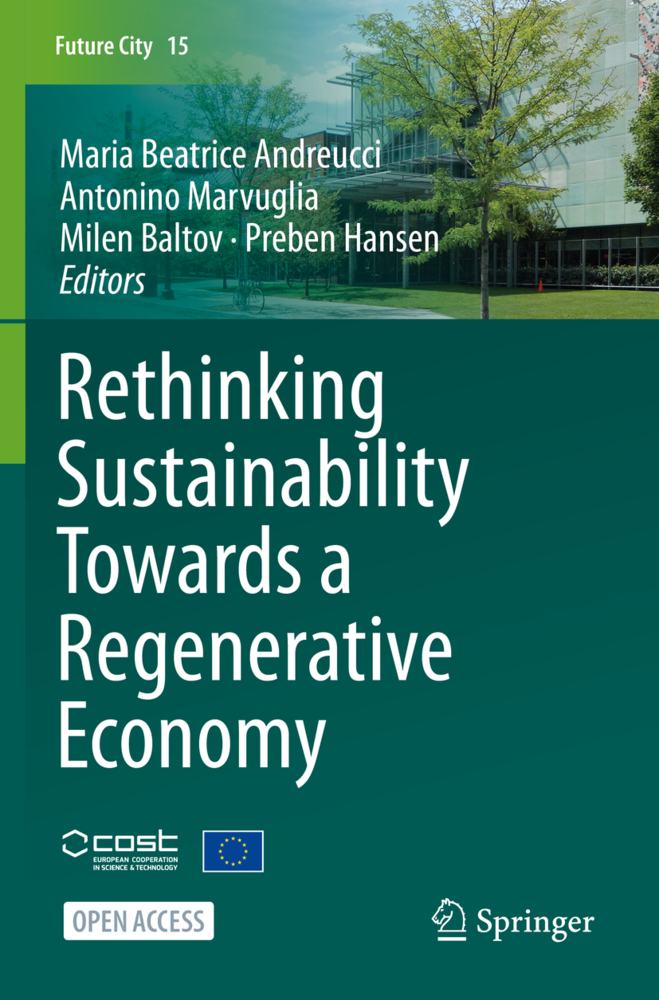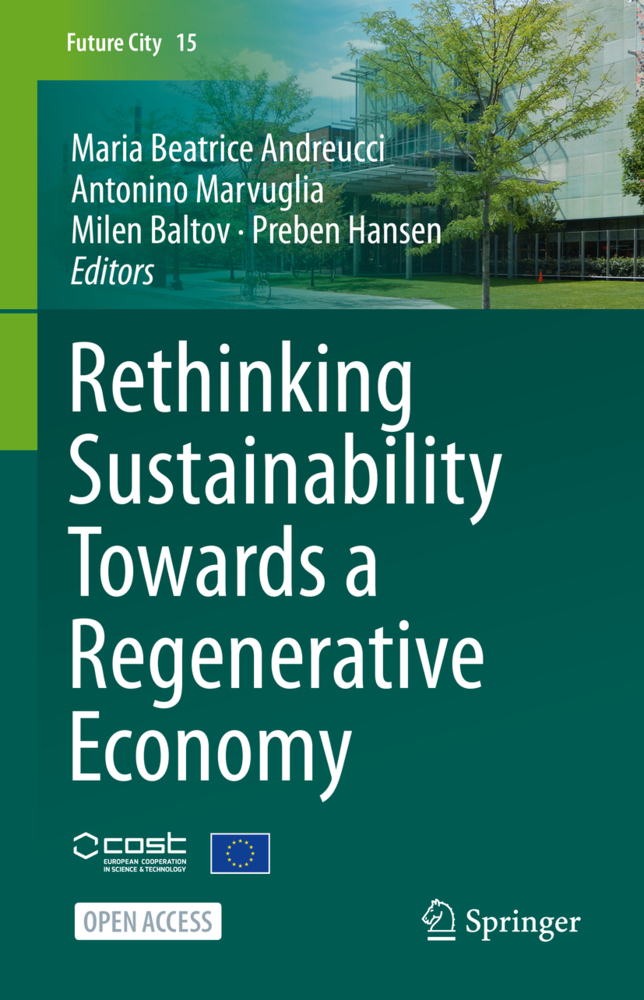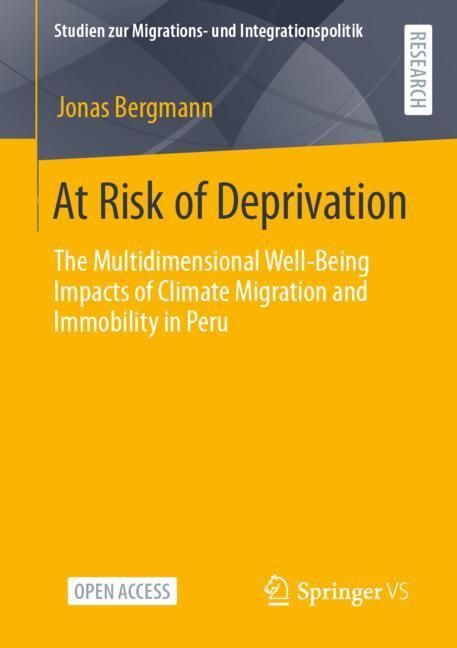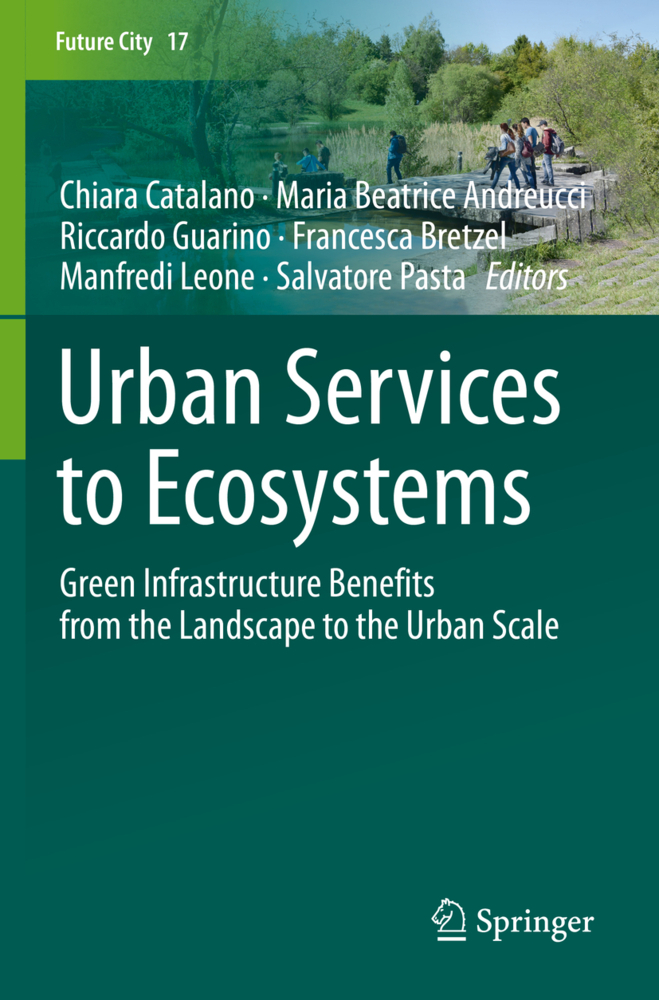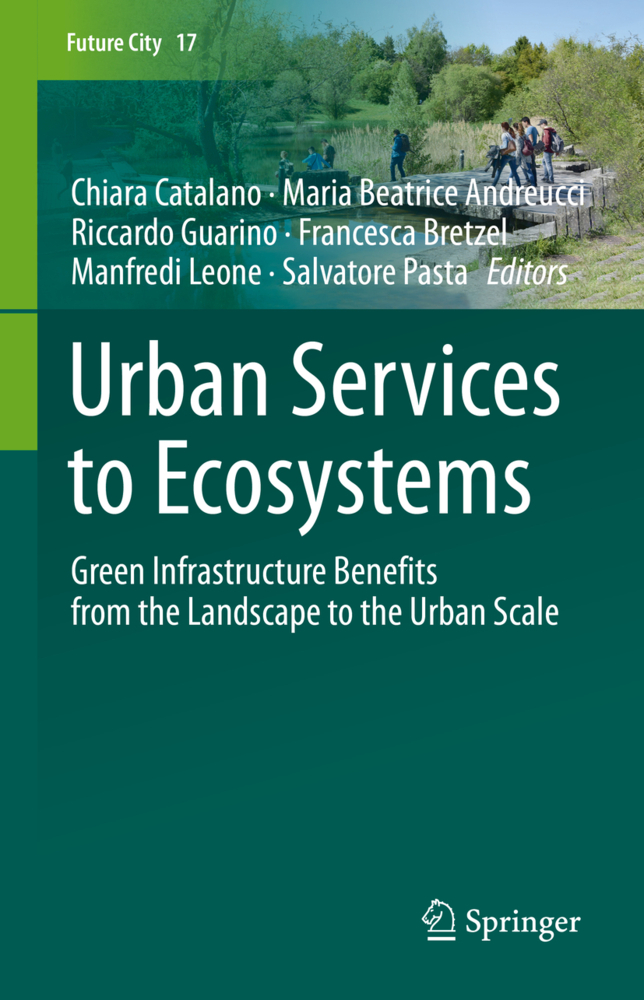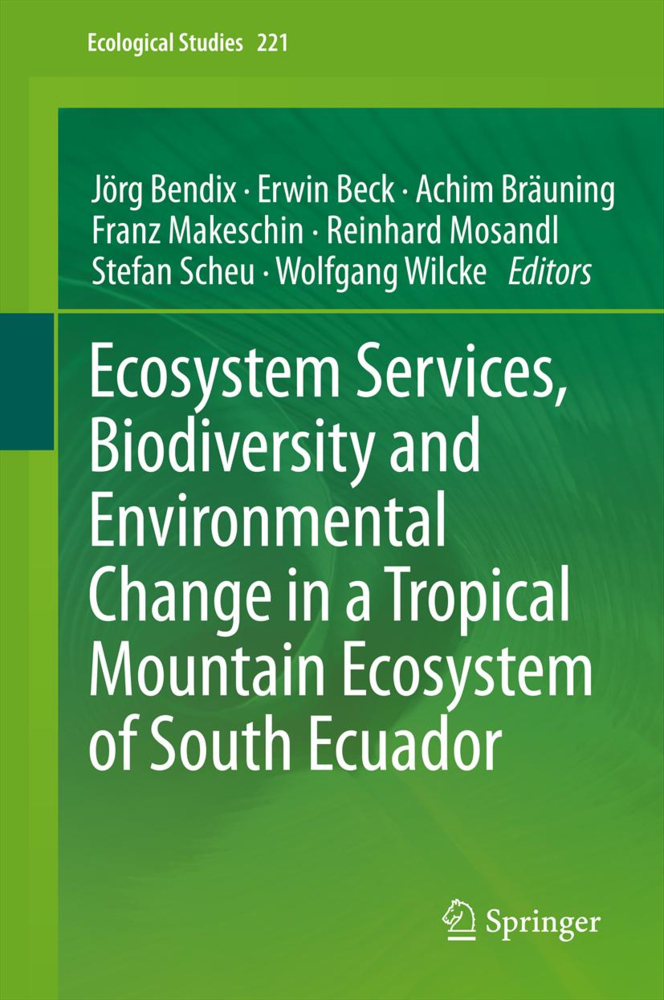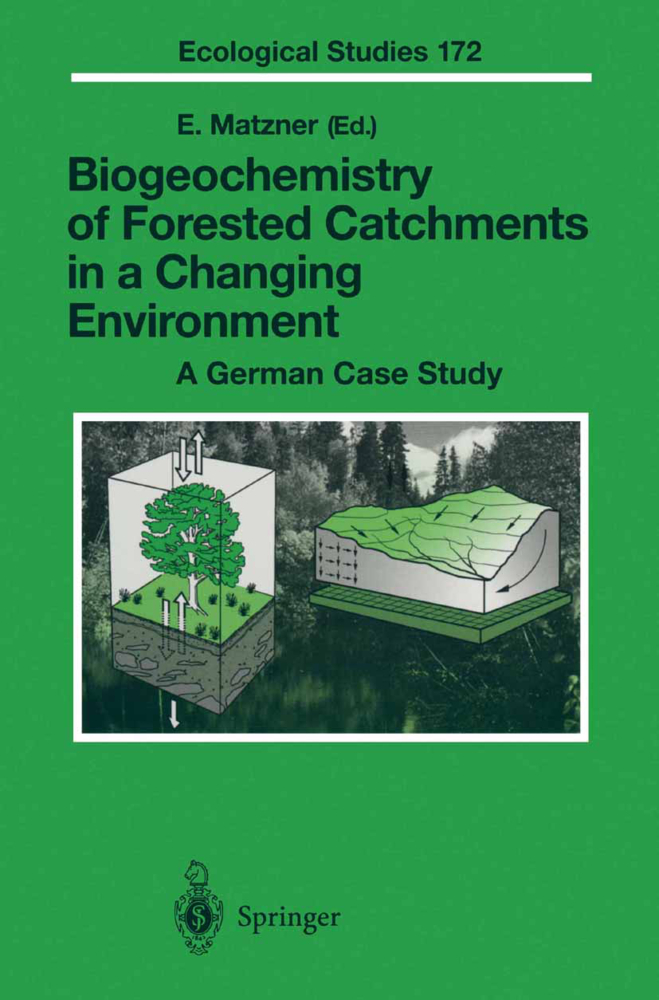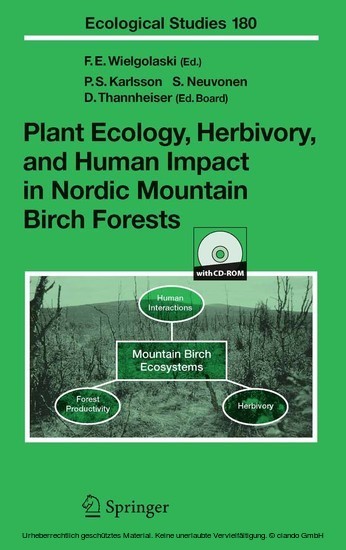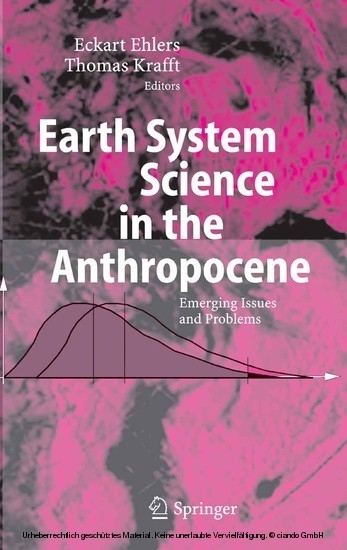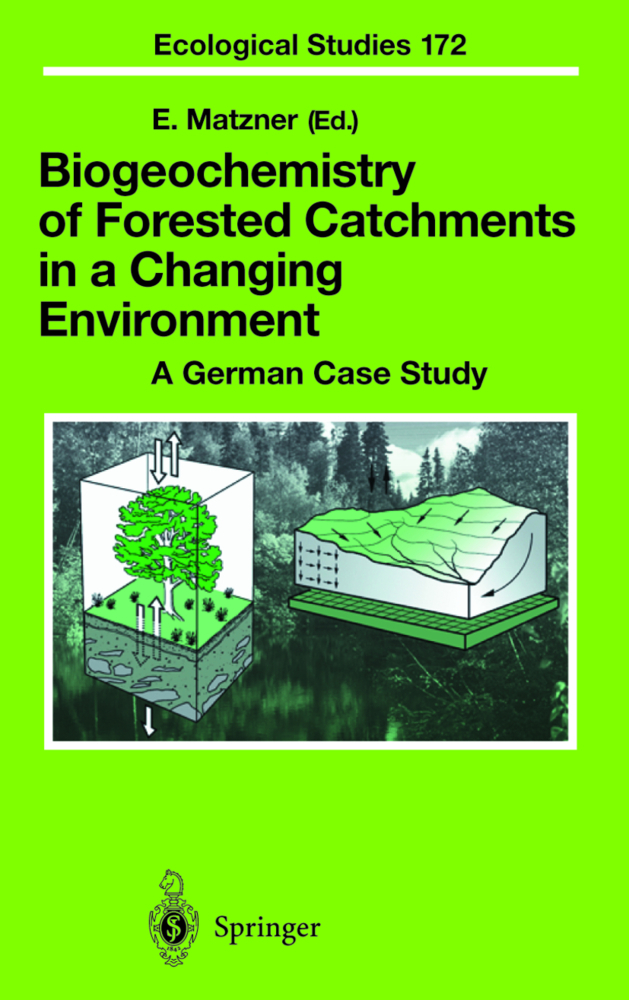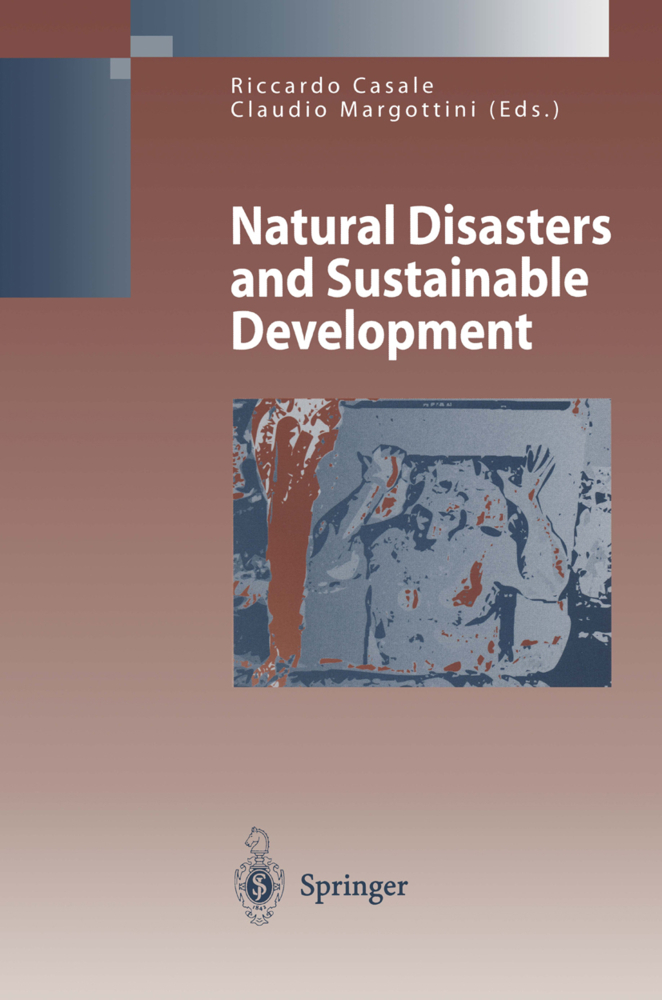Rethinking Sustainability Towards a Regenerative Economy
Rethinking Sustainability Towards a Regenerative Economy
This open access book is based on work from the COST Action "RESTORE - REthinking Sustainability TOwards a Regenerative Economy'', and highlights how sustainability in buildings, facilities and urban governance is crucial for a future that is socially just, ecologically restorative, and economically viable, for Europe and the whole planet. In light of the search for fair solutions to the climate crisis, the authors outline the urgency for the built environment sector to implement adaptation and mitigation strategies, as well as a just transition. As shown in the chapters, this can be done by applying a broader framework that enriches places, people, ecology, culture, and climate, at the core of the design task - with a particular emphasis on the benefits towards health and resilient business practices.
This book is one step on the way to a paradigm shift towards restorative sustainability for new and existing buildings. The authors want to promote forward thinking and multidisciplinary knowledge, leading to solutions that celebrate the richness of design creativity. In this vision, cities of the future will enhance users' experience, health and wellbeing inside and outside of buildings, while reconciling anthropic ecosystems and nature.
A valuable resource for scientists and students in environmental sciences and architecture, as well as policy makers, practitioners and investors in urban and regional development.
Part I: Processes, Methods And Tools For Regenerative Design
Foreword: Regenerative Design In Practice: Digital Design Tools To Enhance The Well-Being Of The Inhabitants Of The Natural And Built Environment (Emanuele Naboni And Lisanne Havinga)
Chapter 1. Axiomatic Design In Regenerative Urban Climate Adaptation (Clarice Bleil De Souza And Ilya Vladimirovich Dunichkin)
Chapter 2. Restorative Design Tools For The Existing City: H-Bim Potentials (Carlo Bianchini, Martina Attenni And Giorgia Potestà)
Chapter 3. The Application Of Urban Building Energy Modeling In Urban Planning (Shimeng Hao And Tianzhen Hong)
Chapter 4. Adaptation To Climate Change As A Key Dimension Of Urban Regeneration In Europe: The Cases Of Copenhagen, Vienna And Madrid (Sonia De Gregorio Hurtado)
Chapter 5. Water Runoff And Catchment Improvement By Nature Based Solution (Nbs) Promotion In Private Household Gardens: An Agent-Based Model (Rembrandt Koppelaar, Antonino Marvuglia And Benedetto Rugani)
Chapter 6. Carbon Accounting For Regenerative Cities (Jukka Heinonen And Juudit Ottelin)
Chapter 7. How Rating Systems Support Regenerative Change In The Built Environment (Melinda Orova And András Reith)
Part Ii: Innovative Approaches In Professional Design Practice
Foreword: Bridging The Gap Between Design And Construction Following A Life Cycle Approach Consisting Of Practical Approaches For Procurement, Construction, Use & Operation And Future Life (Giulia Peretti And Carsten Druhmann)
Chapter 8. Covering The Gap For An Effective Energy And Environmental Design Of Green Roofs: Contributions From Experimental And Modelling Researches (Laura Cirrincione And Giorgia Peri)
Chapter 9. Gender Matters! Thermal Comfort And Individual Perception Of Indoor Environmental Quality: A Literature Review (Edeltraud Haselsteiner)
Chapter 10. Climatic, Cultural, Behavioural And Technical Influences On The Indoor Environment Quality And Their Relevance For A Regenerative Future (EdeltraudHaselsteiner, Marielle Ferreira Silva And Zeljka Kordej-De Villa)
Chapter 11. Textile As Material In Human Built Environment Interaction (Preben Hansen, Vesna Gryjoska And Milica Jovanoska)
Chapter 12. Restorative Design For Heritage Requalification: Selected Roman Works (Luciano Cupelloni)
Chapter 13. 3d Printing Technology Within A Regenerative Construction Framework (Odysseas Kontovourkis)
Chapter 14. From Resilient And Regenerative Materials To A Resilient And Regenerative Built Environment (Ferhat Bejtullahu And Naomi Morishita-Steffen)
Part Iii: Rethinking Technology Towards A Regenerative Economy
Foreword: Rethinking Technology: Low Impact Technology For Regenerative Indoor Environment (Wilmer Pasut And Roberto Lollini)
Chapter 15. The Blue Growth Smart Specialisation Challenges Towards The Restorative Economy (Milen Baltov)
Chapter 16. From Restorative Building To Regenerative Economy: A Model-Theoretical Analysis On Biobased Plastics For The Construction Industry (Daniel Friedrich)
Chapter 17. he Use Of Waste Sludge: Benefits To The Regenerative Economy In Bulgaria (Angel Sarov)
Chapter 18. Circular Economy In Construction From Waste To Green Recycled Products In Israel: A Case Study (Zvi Weinstein)
Chapter 19. Cultural Heritage, Tourism And The Un Sustainable Development Goals: The Case Of Croatia (Zeljka Kordej-De Villa And Ivan Sulc)
Chapter 20. The Green Building Approach: Recent Initiatives In The Evolving Italian Scenario (Fabrizio Tucci)
Chapter 21. Strategies To Promote Deep Renovation In Existing Buildings (Cristina Jiménez-Pulido, Ana Jiménez-Rivero And Justo García-Navarro)
Chapter 22. Investigating, Implementing And Funding Regenerative Urban Design In A Post-Covid-19 Pandemic Built Environment: A Reading Through The Un Sustainable Development Goals And The Green New Deal (Maria Beatrice Andreucci And Antonino Marvuglia).
Andreucci, Maria Beatrice
Marvuglia, Antonino
Baltov, Milen
Hansen, Preben
| ISBN | 978-3-030-71821-3 |
|---|---|
| Artikelnummer | 9783030718213 |
| Medientyp | Buch |
| Auflage | 1st ed. 2021 |
| Copyrightjahr | 2021 |
| Verlag | Springer, Berlin |
| Umfang | XXXV, 418 Seiten |
| Abbildungen | XXXV, 418 p. 73 illus., 54 illus. in color. |
| Sprache | Englisch |

